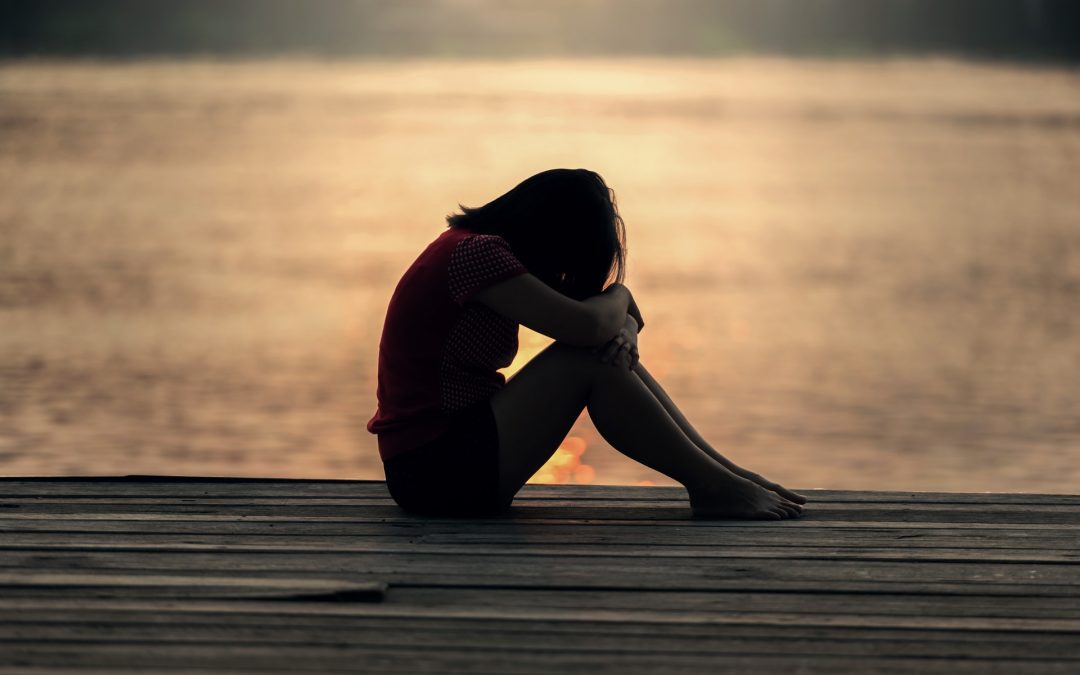Do you notice feeling more down and having less energy when the weather changes and the days are shorter? You’re not alone! Many people go through these short periods of time where they notice a change in their mood and behaviors typically during the colder months. It is called Seasonal Affective Disorder (SAD) and it is a type of depression where your mood and behavior significantly change whenever the seasons change. About 5% of adults in the US experience SAD symptoms.
The symptoms of SAD typically occur during the fall and winter months (winter-pattern SAD) where there is less sunlight, and while it is less common some people can experience SAD in the summer (summer-pattern SAD). Most people consider these symptoms as “winter blues”, but in some cases these mood changes and symptoms can affects an individual’s feelings, thoughts, and daily functioning. The symptoms can be distressing and overwhelming and interfere with daily activities, but it is treatable. While millions of American adults may suffer from SAD, it is more common among women than men and is more common in those living in colder temperatures. It is also more common in people with other mental disorders such as major depressive disorder or bipolar disorder, especially bipolar to disorder which is associated with recurrent depressive and hypomanic episodes.
Signs and Symptoms of SAD:
SAD is a type of depression characterized by its recurrent seasonal pattern with symptoms lasting about 4 to 5 months per year. In the DSM-5 this disorder is identified as Major Depressive Disorder with Seasonal Pattern. The signs and symptoms of SAD or closely associated with major depression and some specific symptoms that differ based on the season. Symptoms can vary from mild to severe and not everyone with SAD will experience all of the symptoms listed below:
Symptoms of major depression may include:
- Loss of interest or pleasure in activities once enjoyed
- Feeling sad or having a depressed mood most of the day, nearly every day
- Changes in appetite or weight
- Changes or difficulty with sleep; usually sleeping too much
- Loss of energy or increased fatigue
- Feeling sluggish or agitated
- Feeling worthless or hopeless
- Difficulty thinking concentrating or making decisions
- Having frequent thoughts of death or suicide
For winter-pattern SAD, additional specific symptoms may include:
- Oversleeping
- Over eating, particularly a craving for carbohydrates
- Weight gain
- Social withdrawal
Specific symptoms for summer-pattern SAD may include:
- Trouble sleeping
- Poor appetite
- Restlessness and agitation
- Anxiety
How is SAD treated?
There are treatment options available to effectively treat symptoms of SAD. Some symptoms will generally improve on their own when the seasons change, but with treatments such as light therapy, antidepressant medications, talk therapy, vitamin D, or some combination of these can help SAD symptoms improve more quickly.
Light Therapy: involves exposing people to a very bright light (10,000 lux) for 30-45 minutes or more per day typically first thing in the morning during the winter months. The light boxes are about 20 times brighter than ordinary and door light and filter out potentially damaging UV light making it a safe treatment for most. Some see improvements from light therapy within a couple of weeks of beginning treatment. To maintain the benefits, it is important to continue to use through the winter.
Psychotherapy or Talk Therapy: Can effectively treat SAD symptoms, particularly by using cognitive behavioral therapy (CBT) to help cope with difficult situations and replace negative thoughts with more positive and rational thoughts.
Medications: Because SAD, like other types of depression, is associated with disturbances in serotonin activity, antidepressant medications or SSRIs can also be used to treat SAD symptoms. Vitamin D deficiency is also common in people with SAD. Vitamin D supplements may help improve symptoms, but all medications and supplements need to be discussed with a doctor or a medical professional first.
If you feel you have symptoms of SAD, seek the help of a trained medical or mental health professional. It is important to make sure there is no other medical condition causing the symptoms, and be sure to consult with your healthcare provider about which treatment option, or combination of treatments, would be best for you.
If you or someone you know is an immediate distress or is thinking about hurting themselves, call the National Suicide Prevention Lifeline at 1-800-273-8255. You can also text the Crisis Text Line (HELLO to 741741) or go to the National Suicide Prevention Lifeline website. https://suicidepreventionlifeline.org/
https://www.nimh.nih.gov/health/publications/seasonal-affective-disorder/index.shtml
https://www.psychiatry.org/patients-families/depression/seasonal-affective-disorder
https://www.everydayhealth.com/depression/treatment/ways-to-ease-seasonal-depression/

